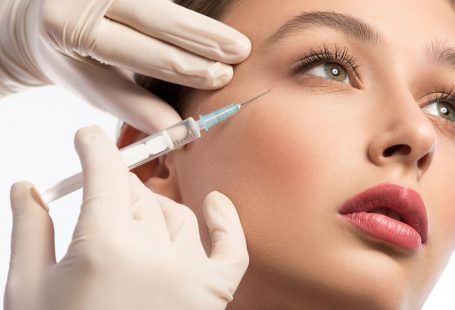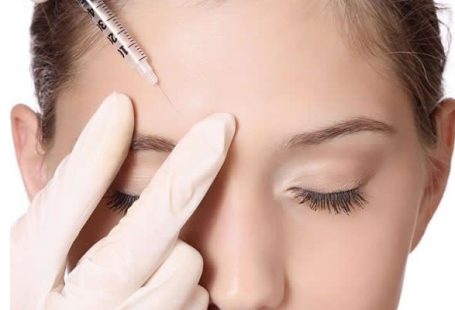
What is Botulinum Toxin anyway? What is Botox given for? How was it discovered? What does it look like? How does it work? How long does it last? Have you ever wondered about these questions? Let’s have a look.

Botulinum Toxin was discovered due to sausage poisoning from under cooked food in the time of Napoleonic wars from food shortage. Later on, we discovered the Botulinum toxin bacterium that makes this toxin, purified toxin and found its various serotypes and start using it for animal human trials. This guy here (Justinus Kerner) is responsible for the initial detailed description of Botulinum Toxin, even putting a drop of soup that contained toxin onto his tongue causing it to burn. He was so smart he described the potential clinical uses of this toxin hundred and fifty years before the human and animal trials.
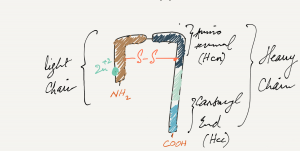
This cartoon is what Botulinum Toxin looks like. The short tail is the light chain and the long tail is the heavy chain. Both these stands have their own specific function as we will look in a minute. These two chains have bound together tightly due to these disulfide bonds which are sensitive to heat and acid, a very important point to remember. This is the electron micro graph for what a Botulinum toxin actually looks like.
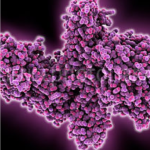
 Let’s have a look on how Botulinum Toxin actually works. This heavy chain in orange is responsible for the Toxin binding to these specific nerve endings and for its uptake, afterwards it pushes the light chain (blue) out into the cytoplasm where it goes and binds and blocks the release of these tiny bubbles into the nerve endings. These tiny bubbles contain Acetylcholine (Ach), blocking the release of Ach and thus blocks the neuromuscular transmission causing muscle weakness. The clinical benefit of Botulinum Toxin injection starts five to seven days once a minimum clinical threshold is reached
Let’s have a look on how Botulinum Toxin actually works. This heavy chain in orange is responsible for the Toxin binding to these specific nerve endings and for its uptake, afterwards it pushes the light chain (blue) out into the cytoplasm where it goes and binds and blocks the release of these tiny bubbles into the nerve endings. These tiny bubbles contain Acetylcholine (Ach), blocking the release of Ach and thus blocks the neuromuscular transmission causing muscle weakness. The clinical benefit of Botulinum Toxin injection starts five to seven days once a minimum clinical threshold is reached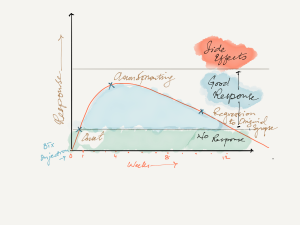 . The benefit keeps on getting better until it reaches a peak at about four weeks. A slow gradual decline is usually not noticeable but a loss of benefit is typically seen two to two and a half months later. The benefit usually wears off by three months. If too much toxin is given that curve can be too high crossing the upper good line reaching into the side effects which is usually excessive muscle weakness.
. The benefit keeps on getting better until it reaches a peak at about four weeks. A slow gradual decline is usually not noticeable but a loss of benefit is typically seen two to two and a half months later. The benefit usually wears off by three months. If too much toxin is given that curve can be too high crossing the upper good line reaching into the side effects which is usually excessive muscle weakness.
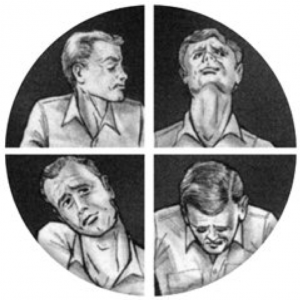
This cartoon here shows all these twisted head positions due to muscle spasm which is the primary indication for Botox injection. The muscle selection in the right those in each muscle requires significant training to get it right. All Botulinum Toxin injections including Botox® carry the black box warning that the toxin may spread beyond the area injected causing a weakness in distant areas or botulism. Do not use fake products. These look alike toxin products do not have a good regulation of what is being put in, so you never know if you’re going to get enough or it will be too much and the results cannot be predicted right enough.
